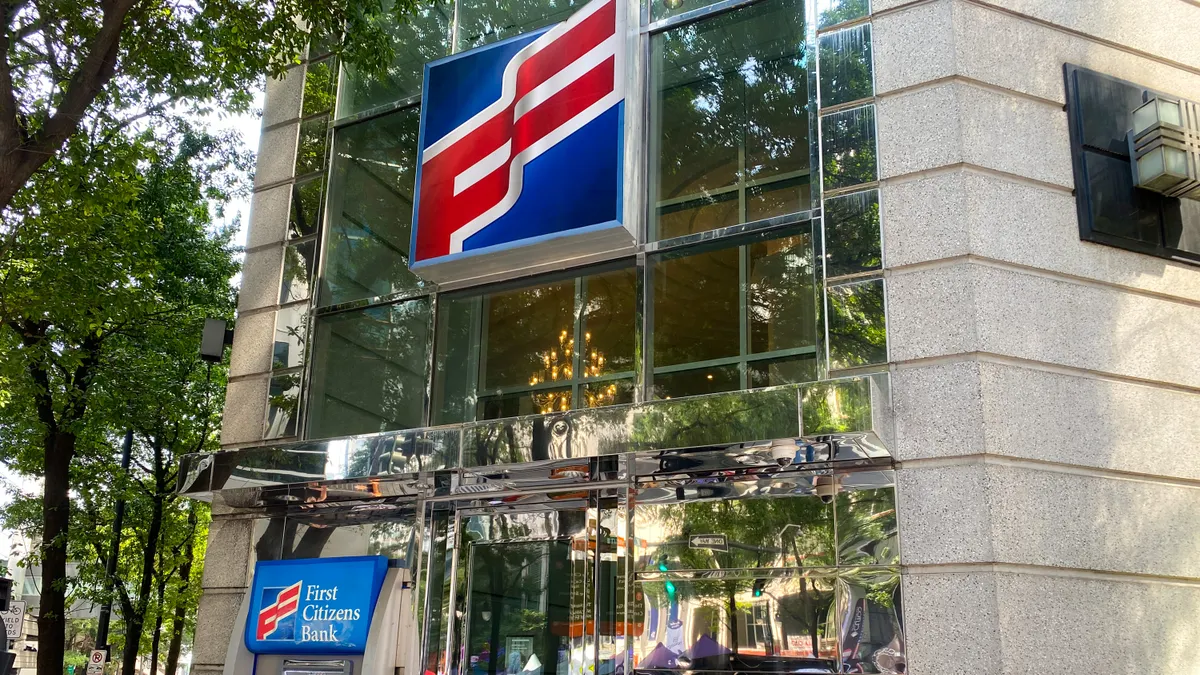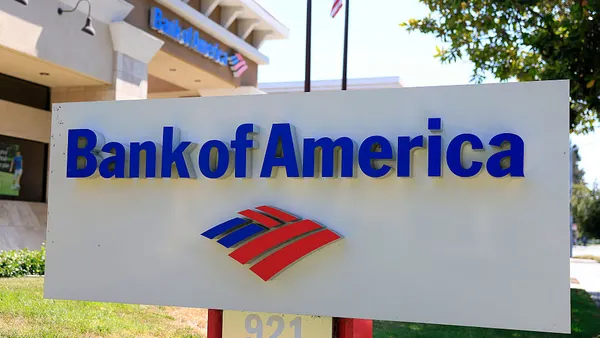Dive Brief:
- California-based robo-adviser Wealthfront publicized the paperwork for its upcoming initial public offering on Monday.
- The timing of a government shutdown, which began at midnight Wednesday, may complicate the company’s plan to go public.
- During the shutdown, routine company filings with the Securities and Exchange Commission will continue, but the agency will not be able to process initial public offerings.
Dive Insight:
The fintech space has seen a flurry of IPO activity in recent weeks, as Klarna, Figure and Gemini all revealed plans this month to go public. They, in turn, follow eToro, Circle and Chime, which launched their own efforts in May and June.
Wealthfront’s action Monday is hardly a surprise. It confidentially filed to go public in June.
But Wednesday’s shutdown “has the immediate impact of damaging investor sentiment now and the longer-term effect of clogging the IPO pipe," Samuel Kerr, head of equity capital markets at analytics firm Mergermarket, said in comments seen by American Banker and Reuters.
“A shutdown gives investors a reason to think twice on whether to buy into new deals at a time of heightened political uncertainty,” Kerr said.
The shutdown forced the SEC to furlough more than 90% of its workforce, retaining less than 400 employees to handle emergency enforcement actions and market surveillance, according to a contingency plan seen by Reuters.
The IPO plans mark a rebound for Wealthfront, which agreed in January 2022 to be acquired by Swiss banking giant UBS – only for that plan to fall through.
Details were not clear, from Monday’s filing, on the number of shares or the price range sought in Wealthfront’s IPO. But the paperwork shows the fintech had net income of $60.7 million for the six months that ended July 31. That paled, however, against $132.3 million for the same six months a year earlier.
Revenue, though, grew – from $145.9 million in that six-month period in 2024 to $175.6 million in the same period of 2025, the filing shows.
Wealthfront touted $88.2 billion in assets and served more than 1.3 million customers as of July 31, according to the Monday filing. The company aims to be listed on the Nasdaq under the ticker WLTH.
Chuckie Reddy, head of growth at fintech investment firm QED, told Banking Dive this summer that IPO announcements among fintechs were “kind of a healthy release,” noting “issuances that may have hit the market in past years, but the market conditions and company conditions and the timing [were not] right.”
Kerr, however, noted that “some of the wind has been taken out of the sails of the market more broadly” after the stock prices of Klarna, Gemini and others have sunk to below IPO-issue prices.
“While the market is certainly still open, companies are likely to come under slightly more scrutiny from the buyside given this recent disappointing trading,” Kerr said. “But businesses that present a compelling equity story and solid financials will still have every chance of a successful IPO and healthy aftermarket once listed.”












